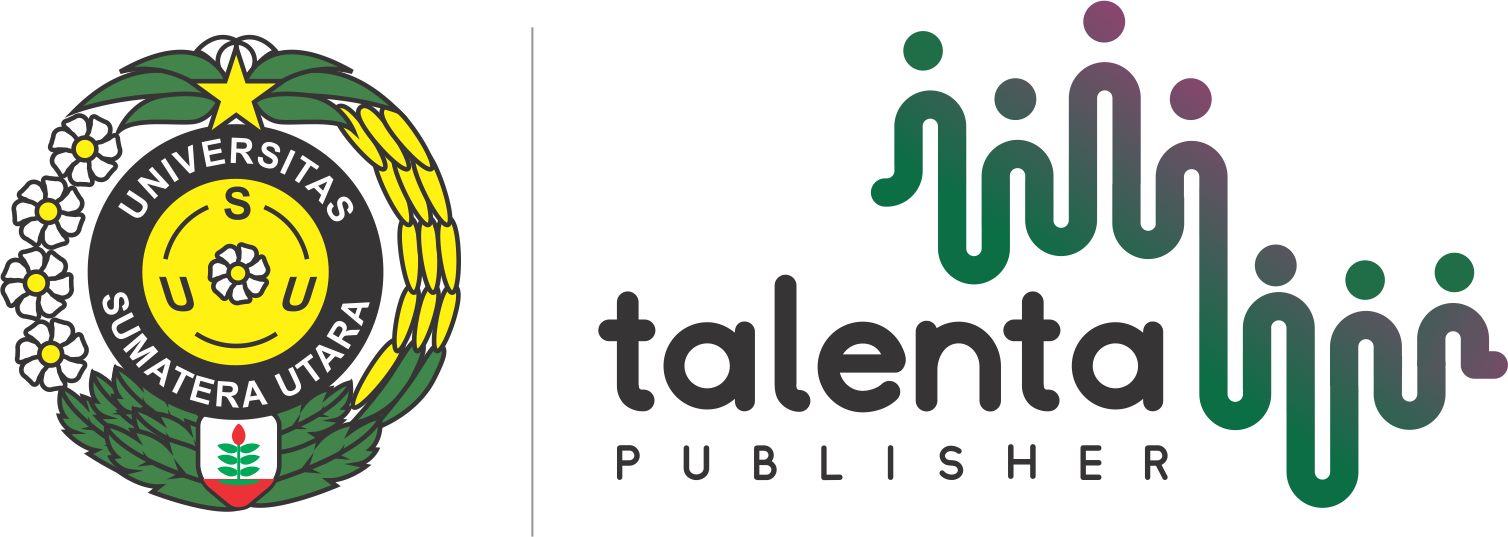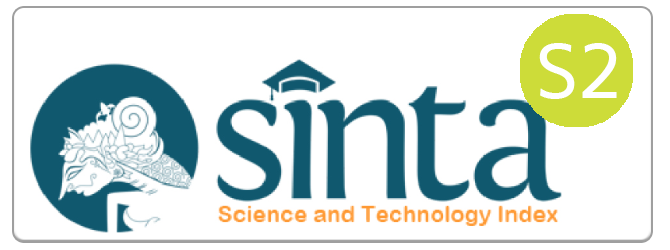A Hybrid Cryptosystem Using Rprime RSA And Extended Tiny Encryption (XTEA) For Securing Message
DOI:
https://doi.org/10.32734/jocai.v9.i1-16574Keywords:
RPrime RSA, Extended Tiny Encryption Algortihm, Hybrid Cryptosystem, Cryptography, Instant MessagingAbstract
Abstract. Ensuring the security of messages in sending message publicly is very important, we must ensure the security of messages with one of security method called cryptography. Focusing solely on security can affect the speed of message delivery processes. Therefore, this research is conducted to provide solutions to both of these issues. Thus, this research will discuss the Analysis of Hybrid Cryptography Scheme in the combination of RPrime RSA and XTEA (Extended Tiny Encryption) in securing instant messages. Hybrid cryptography is one of the methods in cryptography that allows to enhance speed of message delivery with messages encrypted by symmetric algorithms and the symmetric algorithm keys will be encrypted using asymmetric algorithms, public keys. RPrime RSA is an asymmetric public key algorithm and one variant of RSA, which is a combination of Rebalanced RSA and MPrime RSA algorithms. XTEA is a symmetric key algorithm and improved version of the TEA algorithm. This research tested by using strings with uppercase letter, numeric, and punctuation characters with the value of k in RPrime RSA from 2 to 6 with unconstrained modulus digits. The result of the test indicate that the required time for encryption and decryption is proportional, the time processing for factorization to get d is proportional to the value of k.
Downloads
References
Adriaanse, A Comparative Study of the TEA, XTEA, PRESENT and Simon lightweight cryptographicschemes, Bachelor Seminar of Computer Science and Engineering.
D. M. Bressoud, “Factorization and primality testing”, Springer Science & Business Media, 2012.
M.S. Lydia, M.A. Budiman, and D. Rachmawati, “Factorization of Small RPrime RSA Modulus Using Fermat’s Difference of Squares and Kraitchik’s Algorithms in Python,” Journal of Theoritical and Applied Information Technology, vol. 99, no.11, pp.2770-2779, 2021.
N. Smart, “Cryptography: An Introduction”, 3rd Ed., Bristol City, 1999.
Paixao, C. A. Monteiro, and D. L. G. Filho, “An efficient variant of the RSA cryptosystem,” IACR Cryptology ePrint Archive 2003 : 159.
D. Rachmawati, A. Sharif, Jaysilen, and M. A, “Hybrid Cryptosystem Using Tiny Encryption Algorithm and LUC Algorithm”. IOP Conference Series: Materials Science and Engineering, vol. 300, no.1, pp.1-7, 2018.
R. M. Needham and D. J. Wheeler, “Tea extensions”. Report, Cambridge University, Cambridge, UK, 1997.
I. Syamsuddin, S. Ihdianty, E. Tungadi, Kasim, and Irawan, “XTEA Cryptography Implementation in Android Chatting APP,” Journal of Information Technology and Its Utilization, vol.3, no. 2, pp.36-43, 2020.
Downloads
Published
How to Cite
Issue
Section
License
Copyright (c) 2025 Data Science: Journal of Computing and Applied Informatics

This work is licensed under a Creative Commons Attribution-ShareAlike 4.0 International License.















